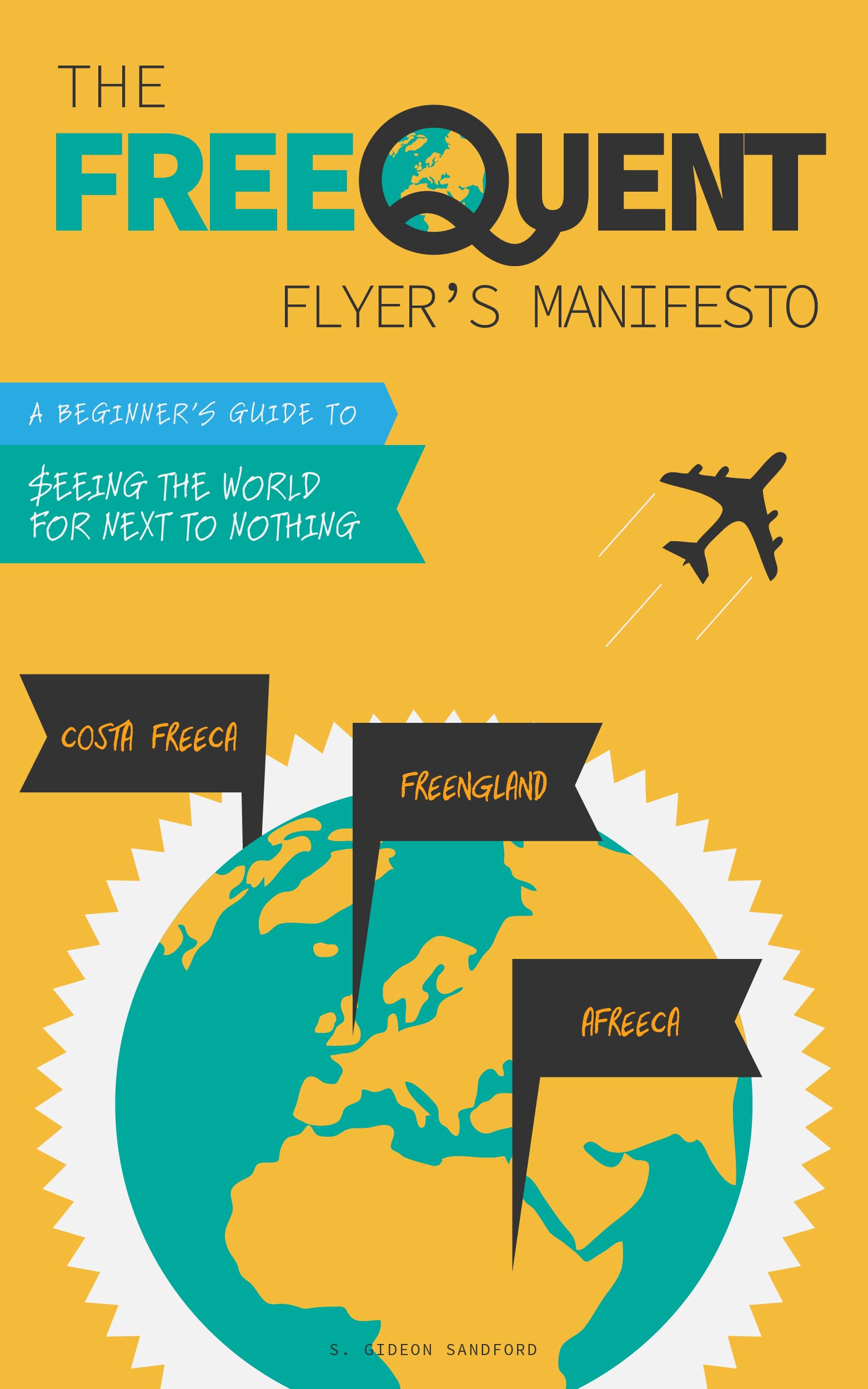My version of the co-branded paradox
/I was listening to the latest episode of the new Milenomics² podcast, which everyone should subscribe to, and sign up for bonus Patreon content from, and the hosts brought up what they call the “co-branded paradox.” By this they mean the counter-intuitive way that even if you like staying at Hyatt properties, or like flying on Delta, your best bet for a credit card to use on everyday spend is probably not a Hyatt or Delta co-branded credit card.
That’s for the simple reason that while those cards may offer other worthwhile benefits, they actually earn points at a lower rate than other available options. A Chase World of Hyatt credit card may be worth carrying for the annual free night, but for non-bonused spend you’d be better off using a Freedom Unlimited card, which earns 50% more Ultimate Rewards points. At restaurants, the World of Hyatt card earns 2 points per dollar, but so does the Chase Sapphire Preferred, which allows you to transfer your points to Hyatt or any of Chase’s other transfer partners.
Likewise, you might want to carry a Delta Platinum card for the annual companion ticket or to take advantage of free checked bags, but that card only earns 1 SkyMile per dollar spent, while a no-annual fee Amex EveryDay earns 1.2 Membership Rewards points everywhere when you use the card 20 times per month (and the $95 EveryDay Preferred earns 1.5 points everywhere when you use it 30 times per month).
This is even more true in the case of products like the Chase IHG Rewards Club credit cards, which earn just 1 point per dollar spent on unbonused purchases: the more you value IHG Rewards Club points, the less you should be willing to spend on their co-branded credit cards, for the simple reason that a simple 2% cash back credit card earns almost 3 points per dollar, given that points can be purchased year-round for 0.7 cents or less.
All this produces a simple conclusion: get co-branded credit cards if you like their benefits, but don’t use them for actual purchases, where you can earn more points, more valuable points, or both using other products.
This is fine as far as it goes, but I actually think the logic of the co-branded paradox can be taken one step further.
Put everyday purchases on the card that earns the least useful rewards
What listening to the Milenomics podcast got me thinking about was the fact that most frequent travelers are usually already optimizing their earning of their most useful loyalty currencies. If you’re a paid business traveler that likes flying on United, you’re already earning United miles every time you fly. The fact that you like flying United shouldn’t encourage you to earn more United miles because your paid travel is already taking care of that. Likewise if you’re spending 55 nights a year at Hyatt properties for work, you’re likely already earning somewhere in the neighborhood of 100,000 points per year, plus two annual free nights (at the 30-night and 55-night thresholds) and any points earned from seasonal promotions.
To me, this is the real co-branded paradox: if your paid travel and manufactured spend are already optimized around the most useful rewards currencies, then your everyday spend should be going to the least useful rewards currencies, the ones that are nice to have lying around but that you don’t count on for your major travel needs.
A few examples off the top of my head:
Barclaycard Choice Privileges Visa. If you’re like me, you don’t stay at Choice Hotels properties very often. But when you do want to stay at a Choice Hotel, you can get terrific value from having a handful of Choice Privileges points lying around.
Bank of America Amtrak Guest Rewards MasterCard. This is another card that doesn’t make any sense to put hundreds of thousands of dollars in spend on, but if you do like to occasionally ride on Amtrak, you might like to have 20 or 30 thousand points kicking around so you don’t have to pay cash for what would be an especially high-value redemption, like 2.9 cent-per-point long-haul sleeper accommodations.
US Bank Radisson Rewards cards. I don’t carry any of these cards anymore because, with the exception of the Radisson Blu Aqua in Chicago, I have mostly found Radisson properties to be trash heaps. However, if you do still carry any of these cards due to their anniversary point bonanzas, you might also consider using them for everyday spend, earning as they do 5 points per dollar on unbonused spend.
Conclusion
Of course in one sense I’m being a bit tongue-in-cheek: obviously you shouldn’t prioritize earning less-useful currencies over more-useful currencies. But this is another way of expressing my long-standing observation that people really are inclined to earn too much, and redeem too little, of the currencies they consider most valuable. If there’s one good thing about the end of the Starwood Preferred Guest program it will be that we won’t have to listen to people complain that Starpoints are “too valuable to redeem” ever again!
If you’re maxing out a couple of Ink Plus cards at office supply stores every year and sitting on a million Ultimate Rewards points already, then I think it can make perfect sense to put away the Freedom Unlimited card when you go out to eat and pulling out something a little more exotic. Not because Amtrak Guest Rewards points are more valuable than Ultimate Rewards points in the abstract, but because they might be more valuable to you at the frontier you are personally operating at.


